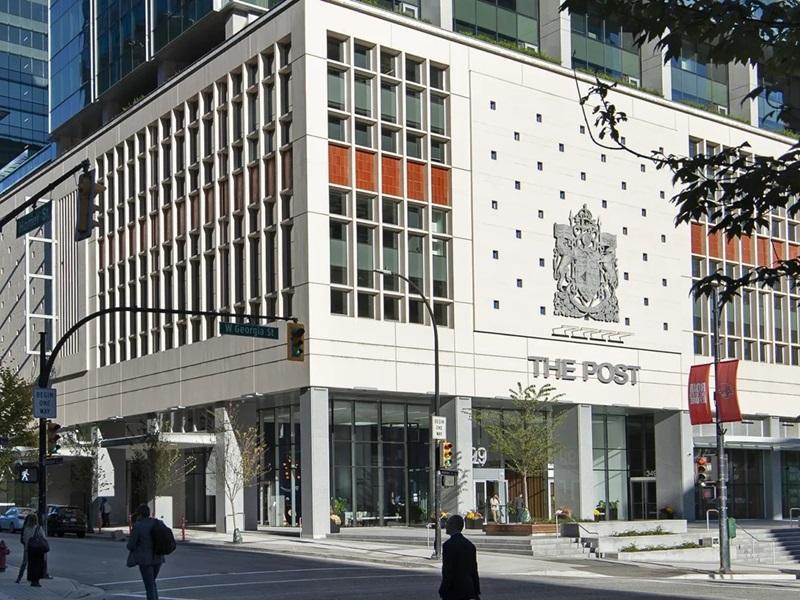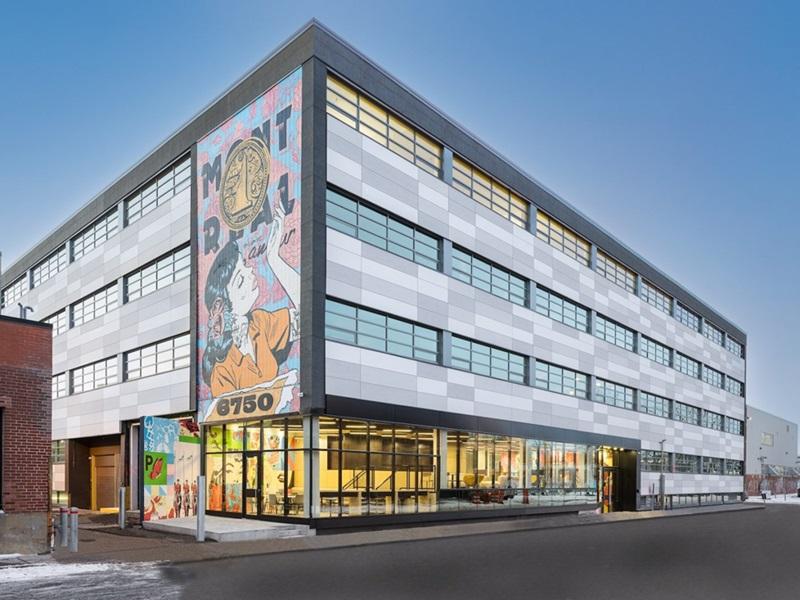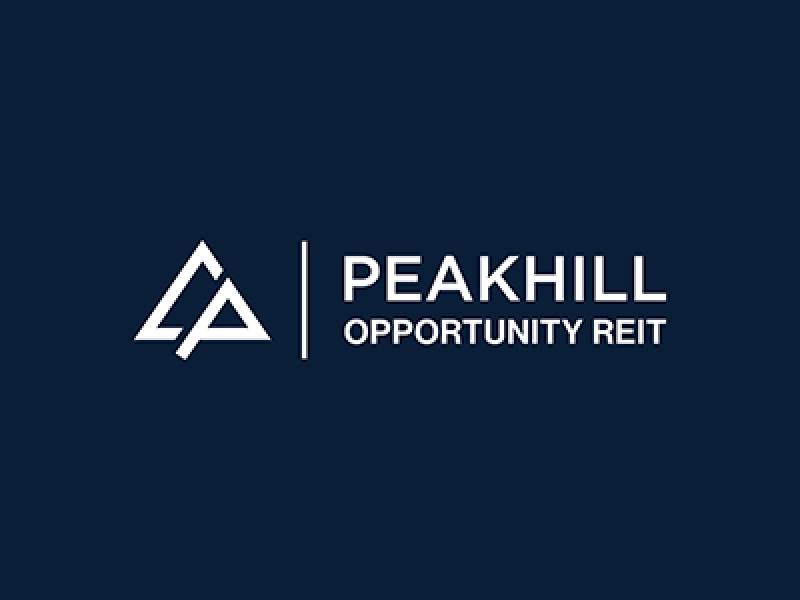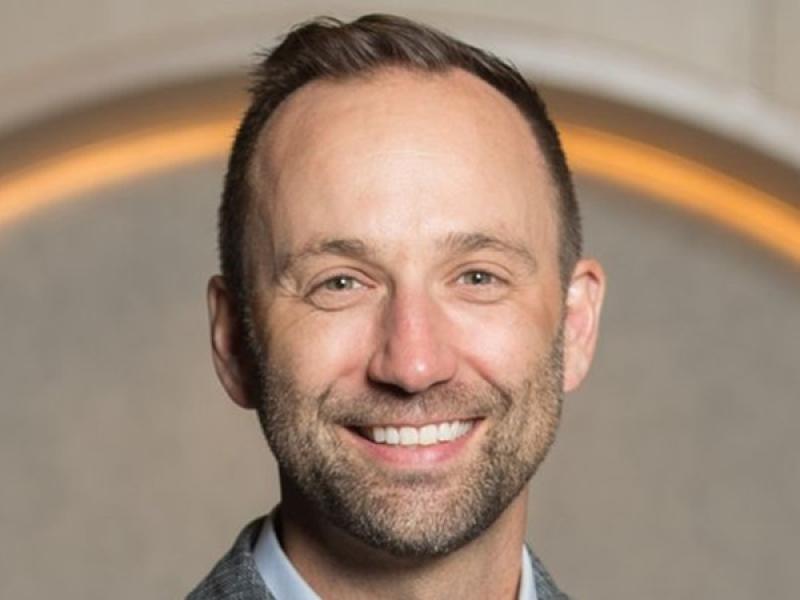
Brian Stanford, CBRE Hotels senior managing director. (Courtesy BCRE)
Canada’s hotel sector has faced several crises during the 2000s, but it might be facing its most arduous recovery yet due to the COVID-19 pandemic, says a report from CBRE’s hotels division.
In its Hotels Q1 2020 Update: The impacts of COVID-19, CBRE predicts revenue per available room (REVPAR) this year will be just 50 per cent of 2019 levels, as both occupancy and room rates nosedive. The report predicts that, even allowing for a vaccine in the latter stages of 2021, the industry won’t return to 2019 levels for three to four years.
“That’s one of the key messages,” said Brian Stanford, CBRE Hotels senior managing director, “it’s not short-term . . . certainly deep and immediate, but it will be a protracted recovery.
“Even as things loosen up, we are still expecting 2021 to be maybe 20 per cent below 2019 levels and it’s really not until 2024 do we start to see demand levels and price points get back to where they were.”
SARS recovery took seven years
The nature of a pandemic, and its international scope, are key factors which will slow down the recovery, Stanford said, drawing comparisons to other industry shocks such as the 9/11 attacks, the SARS virus and the 2008 financial crisis.
“This is certainly a lot more difficult time as we sit here today,” Stanford said. “In those previous downturns, it took demand maybe two years to get back, but it took average daily rates in some cases over 40 months to get back.”
Once that happens, companies can then work to rebuild profit levels.
“Post-SARS and 9/11, it took seven years for profitability to get back to previous highs. It was the same thing coming out of the great financial crisis,” Stanford said.
Although SARS did have an international impact, it was not as widespread as COVID-19.
“This is a global problem, people wouldn’t come to Toronto during SARS, but they traveled elsewhere.
“With SARS, people got past that fear but this is global. And one of the key assumptions for us, as part of the recovery, is that there’s a vaccine available in the latter part of 2021 because if not, that disruption in leisure travel, or business travel, or meeting and conference travel, will be even more protracted.”
Stanford said because a pandemic doesn’t have a “visible” solution, a vaccine is even more crucial than in other crises.
“Post 9/11, we all had an immediate concern about travel, but we could see the improvements in security. In the absence of a vaccine, how do you make a traveler comfortable?”
Hotels sector in strong financial position
The good news is that most Canadian hotel operators — particularly larger owners/operators — were in strong financial positions when the virus hit. Revenues had been high for several years and leverage was manageable.
“There has been relatively strong balance sheets for most owners, whether they are big or small. We’ve been traditionally a fairly conservative lending community with respect to loan-to-value ratios,” Stanford said.
That will help Canadian operators ride out even an extended slump. He expects a very different result in the U.S.
“We don’t expect to see the level of fallout here that we will see south of the border, because they’ve tended to be aggressive on their financing.
“Where we’ve traditionally targeted 60-40 loan-to-value, it’s not unusual to see financing in that 75 per cent range and when you start to hiccup a bit like this, 75 per cent going in becomes quite problematic coming out.”
While the statistics focus on Q1, Stanford said CBRE continued tracking and reported occupancy through early May. By that point, room occupancy across Canada “bottomed out” at about 15 per cent.
“In the document we were tracking out to May 2 on a weekly basis. We bottomed out at about 15 per cent occupancy nationally the first week of May,” Stanford said.
“The last two weeks, the 9th and 16th, we’ve held at or above those levels. That’s a period of time where we’re normally doing somewhere between 60 to 65 per cent occupancy.”
Grim outlook for 2020
As provinces reopen portions of their economies, that will rise somewhat, but the overall forecast for 2020 remains grim — even without a significant second wave of the virus this fall.
CBRE’s full-year 2020 forecasts (including the very strong start to 2020 through early March), projects an overall 40 per cent decline in demand, 38 per cent occupancy, and daily room rates off 15 per cent, from $164 to $139. REVPAR is projected to dive from $106 to $53.
“We don’t expect occupancies nationally to be much more than mid-40 per cent during July, August, September this year when we’d be traditionally operating at 80 per cent.”
For 2021, CBRE sees occupancy improving to 57 per cent, rates regaining some momentum to about $153 per night and REVPAR at just over $83. It projects a return to 2019 figures in 2024 or 2025.
Stanford said a combination of lenders trying to work with their clients, as well as government support programs, will help owners get through at least the early days of this crisis.
From a lender perspective, there is a recognition this is a “disease-based” crisis, not something sparked by weak economies.
He expects to start seeing the real impact a few more months down the road.
“We’re probably at least six months before we see any material activity either positive or negative on the investment side,” he predicted.
The report singles out smaller operators, particularly those in markets such as Alberta, Saskatchewan and Northern B.C. (resource-based regions), as most vulnerable. Stanford agrees.
“My assets may be fine, they may be recovering, but I may be in a position where I need to sell one (property) to get my loan-to-value ratio back onside with my lender,” he said.
“I think we’ll see more receiverships coming out of this event than we have previously in the past, but even when we look at the great financial crisis there were really no more than about 40 receiverships in the three years post-2008. . . . A relatively small number in Canada.”
How hotels will recover
Assets will not all recover at the same rates. Nor will particular markets.
“It’s safe to say those mid-scale, transient properties located in suburban markets or secondary markets that cater to the corporate or leisure drive to markets will come back quicker.
“If I’m sitting down in Toronto or Montreal and I am doing business 2 1/2 or three hours outside my base city, I am going to be more comfortable either vacationing and travelling by car or travelling for business by car.”
Hotels in major urban centres relying on air travel, major event and conference businesses will likely recover slower.
The big unknown, though, is a vaccine. It offers hope for shortening the timeline to recovery.
“That is the one thing we have out there, because history shows us that one people become comfortable again, they travel. That vaccine will make us all comfortable.
“History tells us the travel will come back. . . . Our issue right now is just the timeline.”







